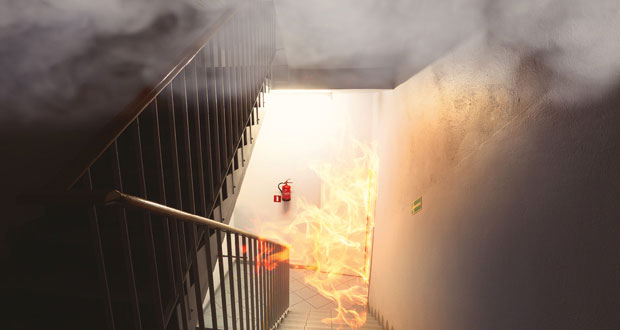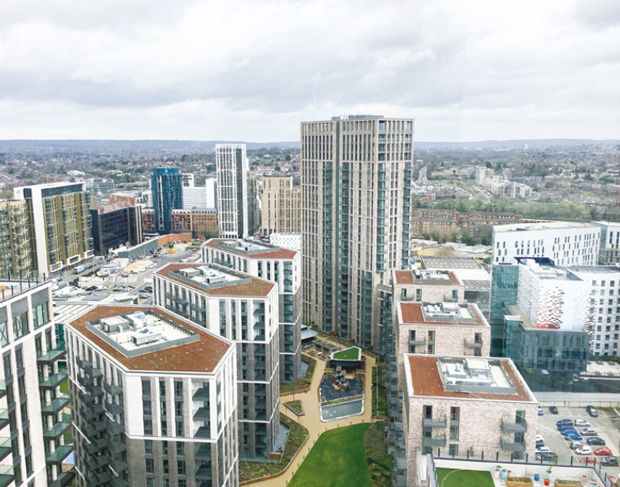3. Increased Property Damage
In addition to compromising life safety, a malfunctioning smoke control system can also lead to increased property damage during a fire. Smoke can damage building materials, equipment, and valuable assets, resulting in significant financial losses. A properly functioning smoke control system can help contain the fire and minimise damage, saving both lives and property.
4. System Degradation
Smoke control systems, like any mechanical equipment, degrade over time due to wear and tear. Ignoring necessary repairs can accelerate this process, leading to more frequent breakdowns and higher maintenance costs in the long run. Regular inspections and repairs can extend the lifespan of your system, ensuring it operates effectively when needed most.
5. Loss of Public Trust
Building safety is paramount for gaining and maintaining public trust. Ignoring smoke control system repairs can erode this trust, as occupants and visitors may become concerned about their safety. A reputation for inadequate safety measures can negatively impact the reputation of the building and its developers, deterring potential tenants, visitors and future business opportunities.
6. Increased Liability
In the unfortunate event of a fire-related injury or fatality in your building, failing to maintain smoke control systems can increase your liability. Negligence in maintaining safety systems can lead to costly lawsuits and damage your business or organisation’s reputation.
In conclusion, ignoring smoke control system repairs may seem like a cost-saving measure in the short term, but the hidden dangers it poses can have devastating consequences for both life safety and property.
Building managers must prioritise regular inspections, maintenance, and repairs of smoke control systems to ensure they function optimally in the event of a fire. By doing so, you not only fulfil your legal obligations but also safeguard the lives of occupants and protect the valuable assets within your building.






